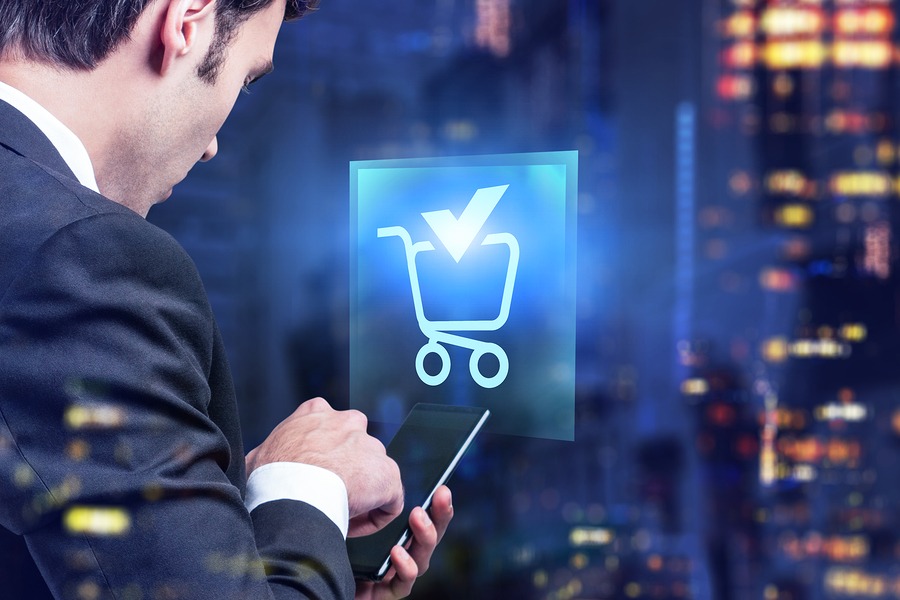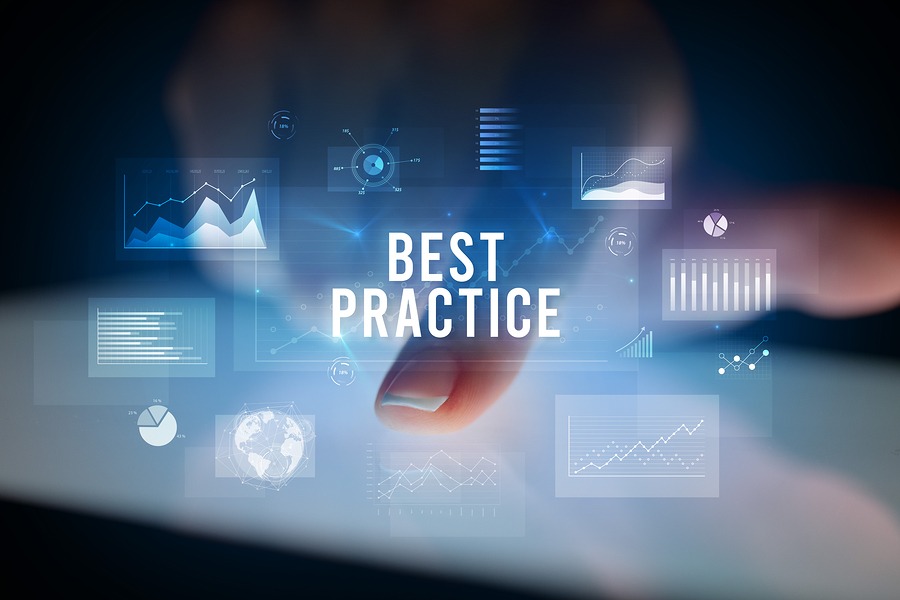B2B eCommerce – Understanding the Basics and Developing a Strong Campaign
What is ecommerce?
 The world of ecommerce (electronic commerce) can be confusing, especially if you’re just starting out as a SME business. The fundamentals of B2B ecommerce are simple to understand, it’s the online exchange (buying and selling) of goods and services between businesses. Many businesses are making the shift from B2C to B2B due to the markets exponential growth over the past few years.
The world of ecommerce (electronic commerce) can be confusing, especially if you’re just starting out as a SME business. The fundamentals of B2B ecommerce are simple to understand, it’s the online exchange (buying and selling) of goods and services between businesses. Many businesses are making the shift from B2C to B2B due to the markets exponential growth over the past few years.
Tradegecko reported that distributors grew by 6.2%, manufacturers exhibited 7%, retailers acquired 26.6% and wholesalers gained 5%. The B2B ecommerce market is now valued at £8.5 trillion.
Before we explore the benefits of B2B ecommerce, we need to understand the other types of ecommerce platforms.
There are a number of ecommerce types, but we will be focusing on the three most popular:
B2B ecommerce
Business to business ecommerce focuses on exchanging goods, information and services between businesses online. B2B ecommerce has become incredibly popular over the last 20 years because it has improved speed and efficiency of making and receiving online orders for companies.
Examples include: car manufacturers who buy car parts (tyres, brake discs, engine parts etc) to complete their cars before selling to the consumer.
B2C ecommerce
The main difference between B2B and B2C ecommerce is that B2C is the exchange of goods and services between the business and the consumer whereas B2B is between businesses. Business to consumer ecommerce is now the most popular form of shopping across the globe. It is widely known as the ‘retail’ part of the internet, and is responsible for over £137.38bn sales in 2017.
There are over now over 100,000 B2C ecommerce businesses in the United States alone.
Examples include: Amazon, Etsy, Topman, Boohoo
C2C ecommerce
This type of ecommerce is the exchange of goods and services between consumers. To keep transactions safe, they are usually conducted through a secure, third party platform (such as PayPal). eBay is arguably the most popular C2C platform, however, it is also known as a C2B2C (consumer to business to consumer) as businesses also use eBay to sell their goods to consumers.
Examples include: eBay, Craigslist
B2B ecommerce best practices
 There are a number of ways to develop your SME to becoming a key player in the ever-evolving B2B market. Developing an effective strategy is your key to creating an effective buying experience that attract and keep your consumers coming back.
There are a number of ways to develop your SME to becoming a key player in the ever-evolving B2B market. Developing an effective strategy is your key to creating an effective buying experience that attract and keep your consumers coming back.
We outlined the five key steps to B2B success:
Step 1: Exceptional customer service
Approaching your clients and potential buyers in a courteous and professional manner is the most important step for your B2B business to succeed. If you’re just starting out, you will need to prove that you are willing to go the extra mile for your clients, whether that’s arranging a safe and secure form of transport for time-sensitive documents or items or providing extra information on a product of service they’re interested in.
Empathy is important in every aspect of customer service, show your consumers that you care about their needs and their loyalty towards you and your brand will increase.
Step 2: Make your online ordering, buying, delivering process easy
Having a B2B ecommerce platform that’s easy to navigate is your first port of call. Users often leave web pages in 10-20 seconds unless their interests are aroused or their demands met. This means that your ecommerce website needs to function properly and be easy for consumers to purchase products and have them delivered.
Ensuring your automation process is seamless will make your service more appealing to consumers. People have short attention spans when it comes to online shopping and if they feel as though your automation process is slow or too time-consuming to navigate, they will likely exit the page.
Step 3: Automation
Behind the scenes, you want to make sure your processing, packaging, delivering and billing is just as seamless as your website navigation. By ensuring your fulfilment processes reduce the need for manual labour and time-consuming tasks, you will be able to provide faster and more efficient ordering, payment and delivery systems.
Step 4: Identify businesses that will help streamline your service
Identifying suppliers that share the same core values of customer service, speed and efficiency is essential for your business to run smoothly. This may include sourcing finance, inventory, logistics and shipping services – unless you have the staff and resources to perform these tasks in-house. Many companies benefit from using a B2B inventory system to keep track of these separate services.
Step 5: Transporting your ecommerce goods
One of the most important factors businesses need to address is how they are going to send their goods to their consumers. Today, swift and secure delivery is essential, your consumers want their goods yesterday, so it is your responsibility to ensure you are matching their delivery expectations. Tradegecko reports that 65% [of customers] want scheduled deliveries and simplified ordering experiences from B2B eCommerce portals.
Important delivery and shipping factors to address
Speed and security are important factors to include when addressing transport options. Consumers like being able to track and monitor their items during their transport, so including a tracking system is also worth considering.
- Speed – The speed in which your items are delivered will depend on the items themselves and your business’s promises regarding delivery times. For example, while next day delivery is an attractive option, it may not be possible if the consumer orders too late in the day or the items are being shipped from a far away location.
- Tracking – choosing a delivery company that uses a bespoke tracking system provides the consumer with added security and monitoring systems over their items’ journey. The system should also be easy to use provide consumers with unique tracking numbers and reports.
- Security – security is another necessity when transporting B2B goods. Choose a company that provides a variety of secure delivery options that coincide with the goods you’re selling. For example, if you are selling items in bulk, you may want to consider a pallet service that comes with tracking. If you are sending important, time-sensitive items or documents locally, then hand-delivery options may be an option. Be sure that the company you choose delivers to markets, whether it’s on a domestic or international level.
Additional tips to help your B2B campaign become a success
Create engaging and actionable campaigns – you could be providing the best customer experience on the web, but if you content is poorly written and your website is unattractive, you risk losing customers and conversions. Be sure to include engaging, actionable content and an attractive and easily navigational website.
Discounts and special offers – a popular way to entice new customers is by offering a one-time discount on your services, whether it’s 20% off shipping or a simple ‘buy over X and get 20% off’. The aim is to get your customers to buy and experience your product or service, and if they enjoy it, they are more likely to make a secondary purchase.
For expert delivery options tailored to your every need
If your business is looking for ways to optimise their delivery and tracking services, we provide a range of fast and secure options. From time-sensitive hand-delivery to secure international shipping, we provide delivery solutions for any requirement.
Call or email our team today to find out how we can streamline your B2B transport and shipping systems.


